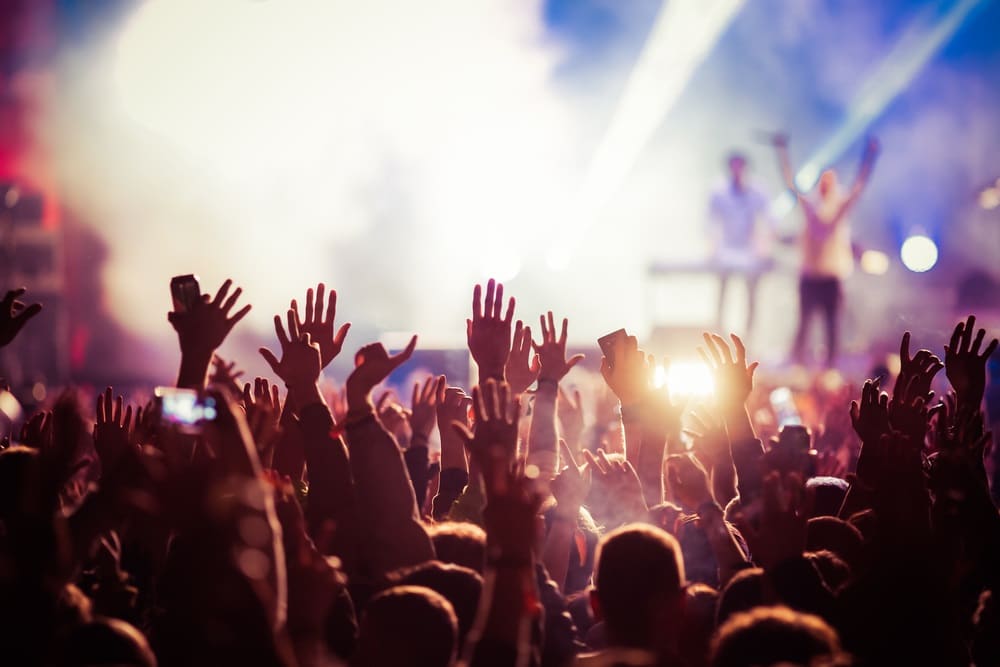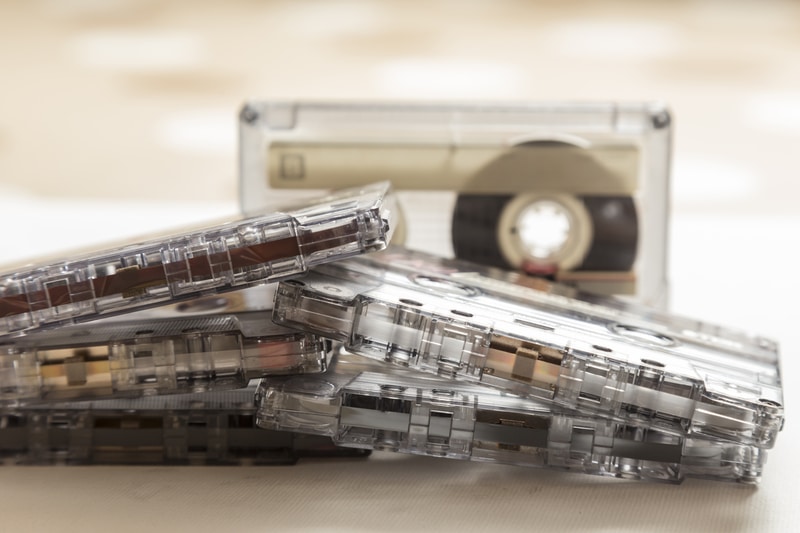
For tens of thousands of people, going to a gig or concert is a passion. For others, the very idea of standing in a crowd of 10,000 jiggling fans listening to a band or orchestra is appalling.
For many, both are appealing, especially now that the option is available to attend live music performances following the restrictions of the Pandemic.
Experiencing Live Music vs. Recorded Music
Live music performance covers an enormous range of different experiences. You might, for example, attend an intimate chamber recital in a small church that holds only a hundred people.
At the other end of the scale, you might choose to see The Rolling Stones at Wembley Arena, where you could be with upwards of 12,500 fellow Stones devotees. Each performance will give you a significantly different experience. The happy thing is that nowadays the plethora of options is extensive.
Why go to a live performance when you can sign into YouTube, or a range of other online, high-quality providers?
This question might be addressed by mentioning just how popular live albums are, as the reason, I would suggest, they are popular is the same answer as to why people attend live performances. There is often a significant distinction between a studio album and a live one.
In the studio, all manner of clever production techniques can be applied to the music. In some cases, this changes the originally recorded material into something it couldn’t possibly be live. A live recording captures the moment without the same level of production.
The Uniqueness and Impact of Live Music Performances
I’m not for a moment claiming that the production isn’t important to a final mix of performance, simply that in a live setting its use rarely plays such a significant role. Instead, a live performance, or live recording, is something totally unique; a one-off.
When you attend a live performance, regardless of genre, your experience will not be repeatable. That performance is finished and cannot ever be exactly the same again; even if it can be close.
It’s about the mood of each performer, the acoustics of the room the performance takes place in, the individual instruments and voices performing and how they interact together; it’s about your emotional response to that particular performance.
To an extent, the occasion or time of year may also be factors that make a live performance completely unique. The atmosphere at a live venue can be so electrifying that the impact cannot be transferred to a recording.
Being in that crowd with everyone absorbed in experiencing the music, each sharing a collective event, can be a powerful and moving one. It is often having attended a live event that people then turn to a recorded one to relive the performance.
The interesting thing for me, as both a member of many audiences over the years and as a performer, is that the genre of music isn’t the major factor at play here.
That live music event can produce such startling experiences from performer to audience and back again, that it is irreplaceable. It is no surprise just how popular festivals like Glastonbury and Reading have once again become post-pandemic.
The Evolution of the Recording Industry
The recording industry has undergone some immense changes since the early days of records becoming commercially available last century. Since then, formats for recording have changed from analog tape to digital and back again.
How a recording is presented to the consumer has equally evolved from vinyl to cassette tape, mini-disc, iPods, CDs, mp3s, coming eventually to online streaming services. These have proved to be immensely popular and now seem to be responding to consumer feedback relating to more specialist, selective choices of music.
What all this choice means is that should you not want to attend any kind of live performance, for whatever reason, you can still access extremely high-quality live performances. You can, of course, also listen to an amazing array of music that has been recorded in the studio.
The attractive possibilities of these streaming services are that most are free, if you can abide by the advertisements, and present to the listener just about every kind of music imaginable.
The Resurgence of Vinyl Records in the Digital Age
It has been interesting to note that over the past five years or so, the sales of vinyl have dramatically increased.
Despite the wide range of streaming options, recorded music on a variety of vinyl formats has become fashionable. Trends come and go often without clear reason. They arrive, pass through society and vanish, usually only to resurface in a later generation.
What seems to be happening with the sales of vinyl records is that the aesthetic appeal of the record has reemerged, alongside the recognition that the quality of the recording is higher than that of an mp3 or CD.
Let’s remember, that the CD is a compact disc designed primarily to be played on a car stereo or portable device. The mp3 is a highly compressed file type that is not intended to give a very high-quality listening experience but to allow more files to fit onto an iPod or other personal listening device.
It is possible to purchase high-quality digital CDs that are now engineered to a higher level than when they first entered the market, but many lovers of vinyl will tell you they lack the warmth of a high-fidelity record.
Depending on the quality of your record player and speaker system, the playback from vinyl to my ears is indeed warmer and with a greater frequency range that brings the performance to life. It depends on the record and the set-up for playback.
Music Access and Consumption in the Streaming Era
The sheer multitude of options when it comes to experiencing music is colossal. Never before has so much music been freely available to listen to and engage with as there is today.
YouTube and Spotify have cornered a market offering premium, ad-free streaming services with specific subscriptions for different kinds of music. In essence, you can get an almost unlimited choice of music online.
The remastering of old recordings has hit an all-time high with the rise in vinyl sales. Re-releasing back catalogue material has become lucrative with today’s generation eager to dive into the music of the 70s, 80s, and 90s.
This has been accompanied by many of those bands heading back into the studio to record new material and returning to the touring circuit to perform live. Bands like The Rolling Stones never stopped.
The Future of Live Music Experiences in the Age of Technology
As the power and capacity of computers and AI evolve, I can imagine a time in the not-too-distant future when you may be able to immerse yourself in a virtually live music experience from any period in the comfort of your own home.
For those of us who still feel that the immense exaltation of a live performance cannot be touched by a recording, may the concerts and gigs long continue.

